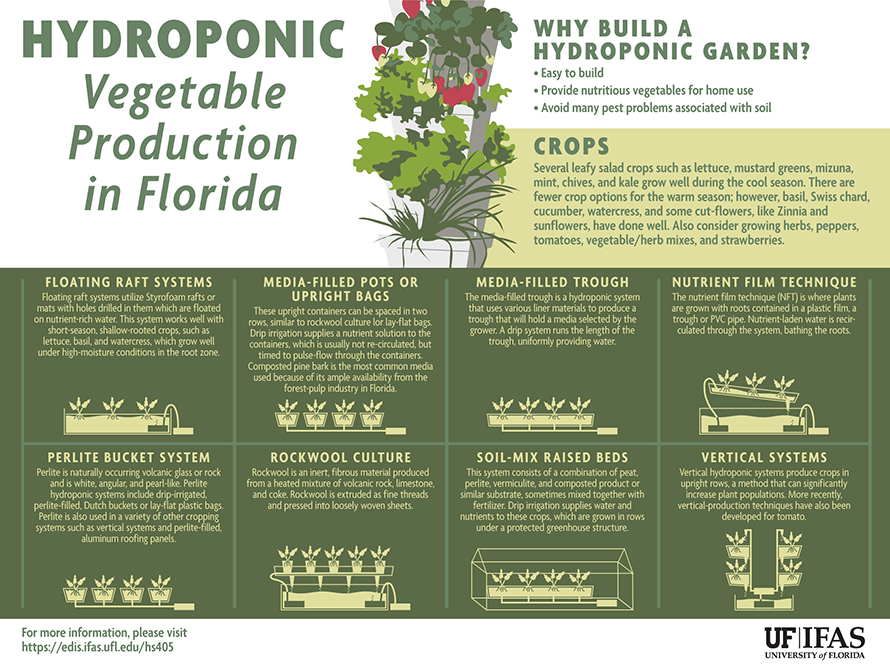Identifying The Right Time For Tree Elimination - A Guide For Homeowners
Identifying The Right Time For Tree Elimination - A Guide For Homeowners
Blog Article
Material By-Mcmahon Crowder
Trees include charm and value to residential or commercial property, but they can also present a risk throughout severe weather condition occasions. If a tree has actually quit growing, is showing noticeable fungal growth, or has a leaning trunk, it must be eliminated by a professional to stay clear of building damages and injury.
To get more information, participate in a homeowner resource fair co-hosted by HPD, the Facility for NYC Neighborhoods, and Brooklyn-based housing partners this evening in Bedford-Stuyvesant. The event will include the Home owner Handbook, a brand-new overview to assist home owners browse the responsibilities of possessing a home.
1. Dead or Perishing Branches
Trees are an integral part of your home's landscape, using shade and appeal. They likewise give shelter for wildlife and produce oxygen, yet also healthy and balanced trees can experience illness that might demand their removal. Dead or passing away trees aren't simply unpleasant, they can be hazardous. Their branches could fall during a storm, bring about expensive building damages and injuries.
When a tree's branches begin to pass away, it indicates that its structure is starting to break down. If the majority of its branches are dead, it is most likely time to remove it.
Look for a lack of brand-new development, bark peeling, open injuries or cavities, fungis expanding on the trunk or origins and a general look of degeneration in the whole canopy. These signs of infection can indicate a serious issue that will call for specialist tree solutions to resolve.
2. Leaning Trunk
While it's typical for trees to lean periodically due to phototropism, if a tree has an unsafe or extreme lean that's not due to natural processes - it could be an indication that the tree requires to be gotten rid of. If https://getting-rid-of-a-tree17273.theobloggers.com/35456099/guarding-your-landscape-replanting-after-tree-removal is favoring a power line, home, vehicle, play structure or any other location that could be unsafe to individuals if it drops, after that calling an expert tree solution for removal should be a top priority.
It's likewise vital to look for any kind of sudden changes in a tree's leaning as it can indicate damage to the roots or trunk that may bring about dropping. This is specifically true throughout thundercloud, since high winds and rain-soaked dirt can cause a lean to alter swiftly. Normal monitoring, particularly throughout and after tornados can assist homeowners identify prospective troubles with their trees so they can call an arborist for an extensive examination.
3. Bug Problem
Some pest infestations, such as wood-boring pests like emerald ash borer or sap-suckers like range bugs, are so extreme that they can cause a tree to die. The best means to avoid pest problem is to monitor your trees often. Try to find just click the up coming internet page , holes, or stainings in the leaves and bark. Check out maintenanc for fractures and signs of insect damage, such as tunnels or tracks.
If a tree becomes as well infested with parasites, or is close to a home or power lines, an arborist may advise elimination. If a leaning tree develops a brand-new, unstable lean, an arborist will likely suggest removal also to make certain the safety and security of individuals and residential property. If a damaged or dead tree continuously drops excessive branches, it is a sign that it is time to get rid of the tree. If a tree continues to lose branches for an extensive amount of time, it might cause structural troubles and possible building damages.
4. Harmed Trunk
Trees are a beautiful and integral part of our landscape, but they do need normal like keep them healthy and secure. If a tree is damaged beyond repair it is likely time for it ahead down.
Seek indicators of damage to the trunk, including vertical fractures, joints, dead branch stubs, visible wounds or open cavities and serious tree-rot. The visibility of fungis at the base of the trunk is an additional alerting indication. Fungis may suggest that the phloem and xylem (life-support cells) are endangered, allowing for the spread of illness or a future failure.
Also, think about whether the tree has actually stopped expanding. property managers will have brand-new growth each year, which might show up as buds or branches sprouting and extending. If you don't see any kind of new growth, it's an excellent concept to have an arborist assess the tree and follow their recommendation for removal. A passing away or damaged tree can drop and create home damages.